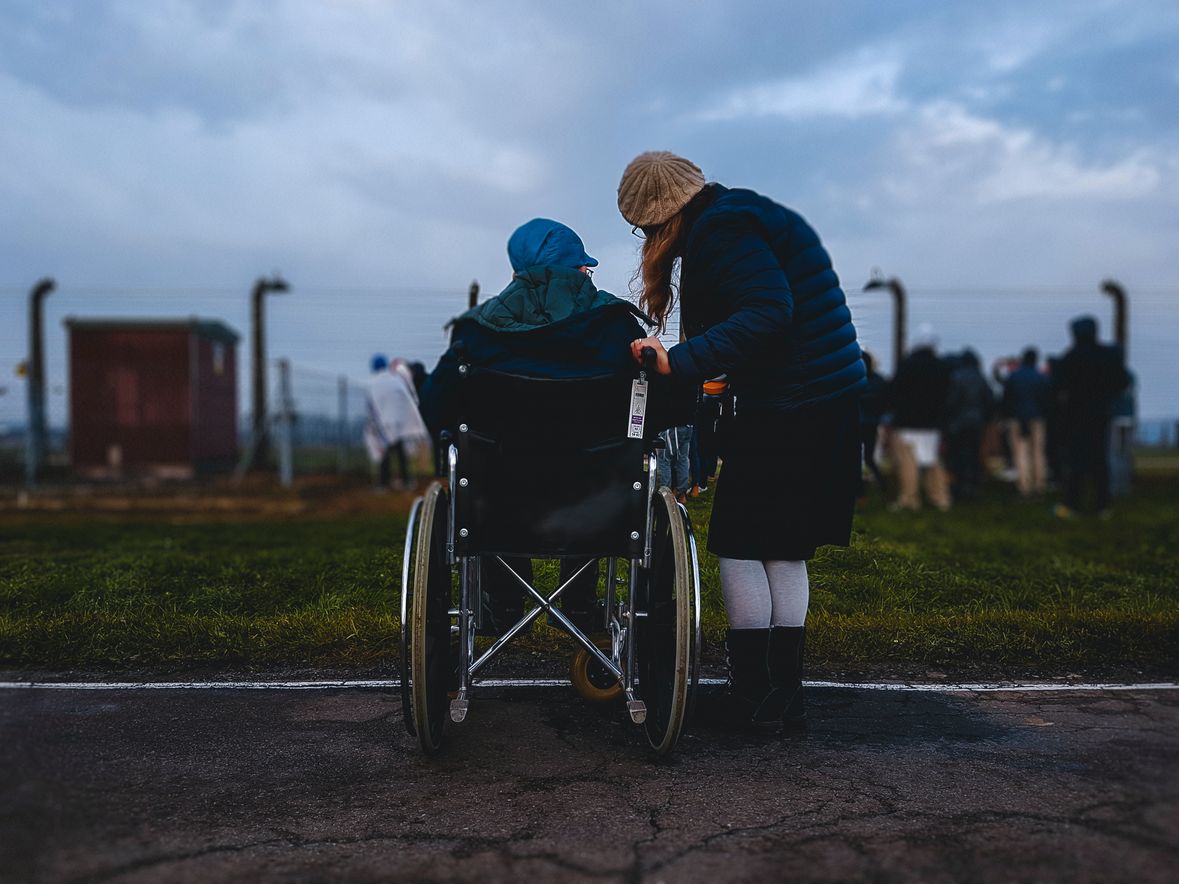In this day and age, you’d be hard-pushed to find someone who doesn’t know the health
benefits of getting enough exercise. Exercise for elderly with limited mobility can actually help to increase their mobility functions and improve mental health. It seems that every time we switch on the TV, scroll through our social media feeds or open a magazine or newspaper, there is someone trying to flog us the latest exercise equipment or extolling the virtues of the latest keep-fit craze.
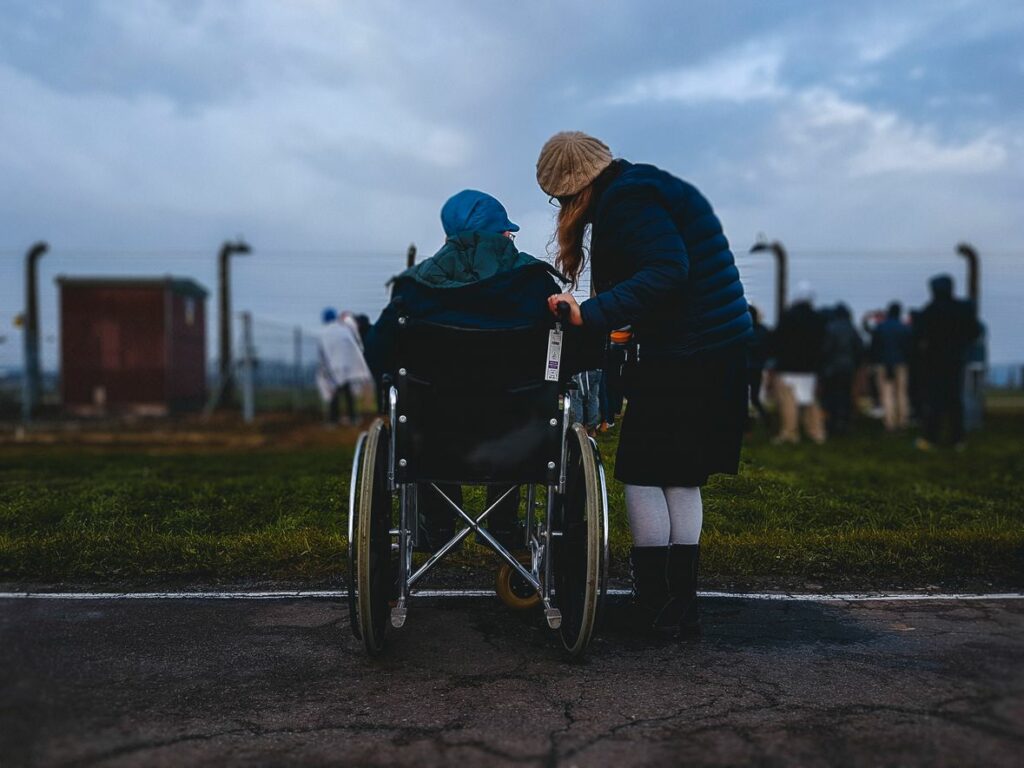
While it’s easy to roll our eyes, sit back on the sofa and reach for the biscuits, the truth is that
physical activity is vital for our health and wellbeing – whatever our age. But for elderly
people, staying as active as possible is even more important for mobility. Exercising regularly can protect against chronic conditions like heart disease, type 2 diabetes and high blood
pressure, and research has shown that staying active into old age can protect us from
stress, depression and anxiety, making us feel better physically AND emotionally.
And it’s not just our body and soul that can benefit- it’s the mind too.
Experts at Cambridge University found that an hour of exercise a week could cut the risk of
developing Alzheimers by nearly half….and for those already living with dementia, regular
exercise can improve their mood and mobility.

However, conditions such as dementia can make exercise more difficult for elderly people to
do, and for their carers to facilitate, as can factors such as poor mobility, disability, the fear of
accidents or injury and chronic illness. When you take all of that into account, it’s no wonder
that less than 1 in 5 people over the age of 65 do enough exercise.
Luckily, however, it is possible to live an active life without running a marathon or pumping
iron at the gym…
Exercise For Elderly With Limited Mobility
The main thing for older people, particularly those who have been inactive for a while, is to
start exercising on a small scale – even a simple walk around the living room is something
that can be built open each day. If you’re in a wheelchair or are bedbound you can start with
exercises like air-punching, increasing the speed and length of time you move for as your
fitness levels increase. Any type of movement that raises your heart rate and makes you feel
a little out of breath is enough – but you should never exercise so much that you feel dizzy,
unwell or in pain!
Different Types Of Exercise
In an ideal world we should all be doing exercises that improve 3 core elements: our
strength, our balance and our flexibility.
Strengthening exercises make everyday activities such as opening jars, lifting things and
getting up from a seated position easier and are important for:
- Maintaining strong bones
- Regulating blood sugar
- Regulating blood pressure
- Maintaining a healthy weight
- General daily movement
It’s recommended (if you can!) that you do muscle strengthening activities like working with
resistance bands, using free weights (soup tins will do!), chair aerobics or dancing, twice a
week.
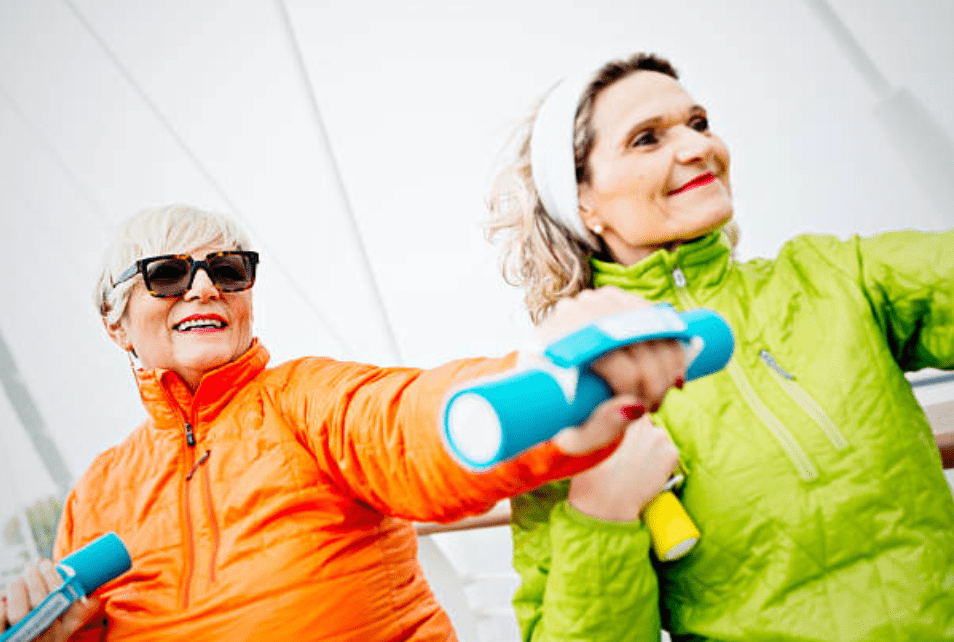
Exercises that improve balance and coordination give an older person more confidence
and can reduce the risk of falls. These type of exercises improve posture and the quality of
your walking:
- Tai Chi
- Pilates
- Yoga
- Dance
- Bowls
Improving your flexibility will help increase your range of movement and keep you supple,
and activities such as yoga and pilates, along with stretching, are great for this!
Improving your flexibility will make everyday activities easier, such as:
- Getting dressed
- Washing your hair
- Tying your shoelaces
So, that’s why keeping fit and active is important, especially as we age…but what types of
exercise are suitable for those who are frail, ill, or are a wheelchair user?
Swimming
Working out in water is great for those who can’t stand or who have joint pain, as the water
supports your weight and helps you to move more easily – and you don’t even have to swim!
Aqua-aerobics, standing squats and kicks, walking or jogging in the shallow end can all help
mobilise your joints and get that heart rate going.
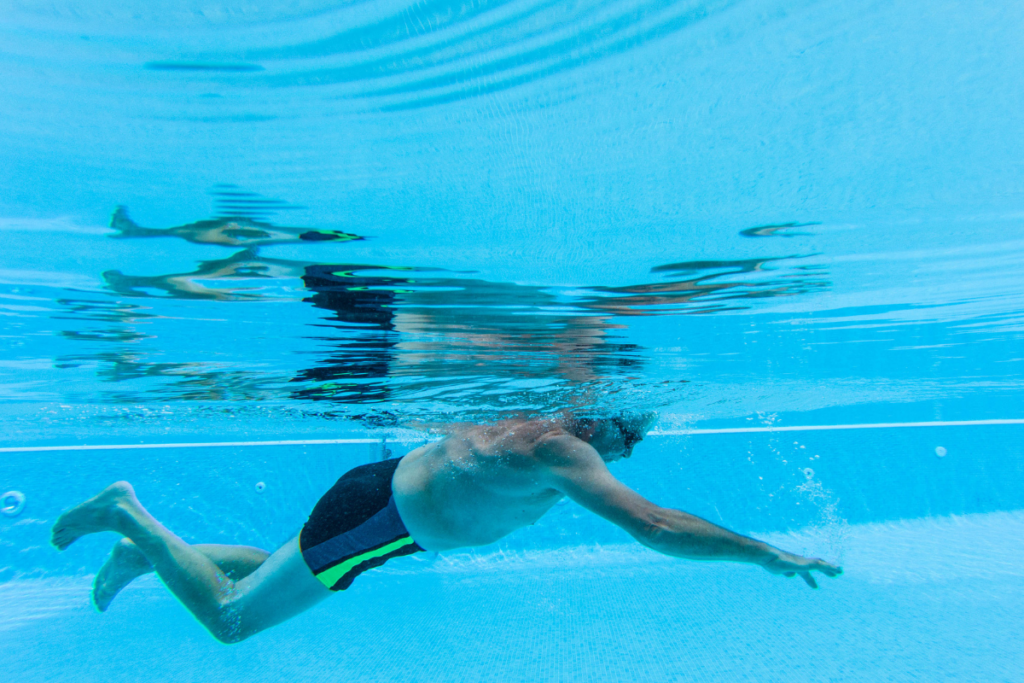
Increasing Flexibility
Improving flexibility and core strength can reduce the risk of falling as well as improving
overall health, and so exercises like Tai Chi, pilates and yoga are ideal for older people.
Because these can all be adapted for all levels of mobility – even those who are chair or bed-
bound – they are perfect for older people who have arthritis, respiratory diseases or who
have had a stroke.
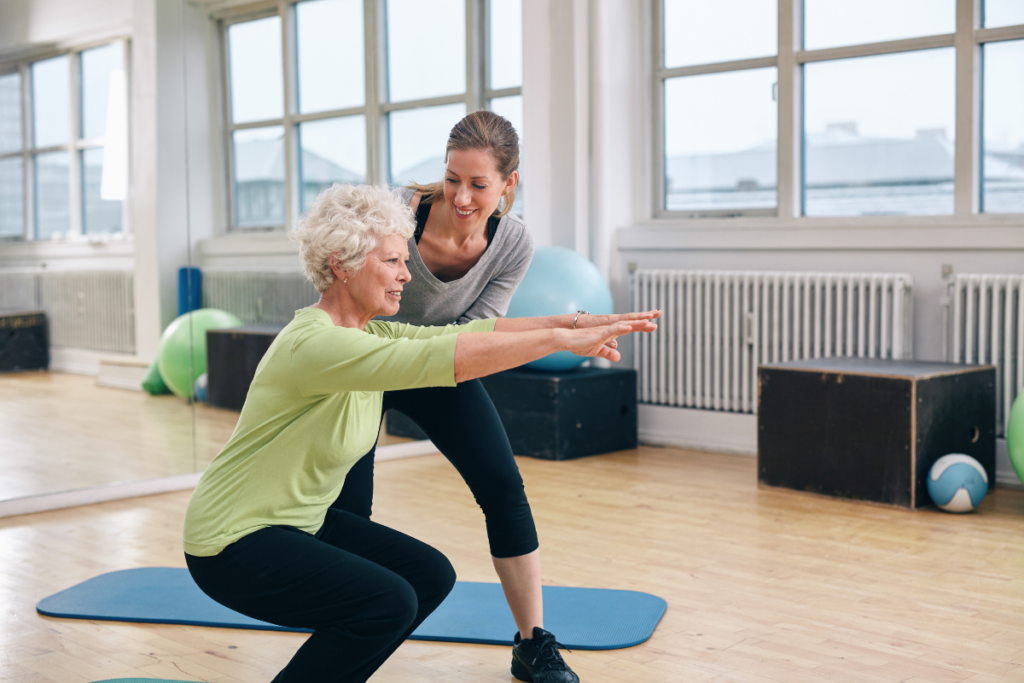
Resistance Training
You might hear ‘resistance training’ and instantly think of weight machines and dumb-bells –
perhaps not the ideal way for an elderly person to get active! But, it is possible for anyone to
do resistance training by using their own body weight to build strength – whether able to
move around freely or are unable to walk or stand.
For those who aren’t confined to a chair or bed, squatting exercises are good for improving
mobility and increasing hip flexibility – they can also improve an older person’s ability to
stand from a seated position, and can be done holding onto a chair for stability if needed.
Resistance bands attached to a firm, fixed point such a doorknob or piece of sturdy furniture
can be used to perform extension exercises for the arms and legs, even in a sitting position.
What Are The Risks Of Exercise For Elderly With Limited Mobility?
As long as exercise is introduced gradually and done properly, the risks are incredibly low. In
fact, it can be more detrimental to our health not to exercise – our bodies are designed to
move – and there’s absolutely no reason why we cannot continue to be active into our old
age.
While too much time spent inactive can lead to a loss of physical and mental function, it is
important that for someone who hasn’t been active for a while that the amount and intensity
of exercise is increased in stages, and you should always consult a GP before starting a new
exercise programme, especially if there are existing health concerns.
If at any point you experience any of the following while exercising you should stop:
- Chest pains
- Dizziness
- Feeling faint
- Shortness of breath
- Pain or discomfort
- Nausea
The best thing about this article is that it has helped you find out what exercise for the elderly with limited mobility can be done. It’s time to take action because our health will deteriorate if we don’t do anything.
How can Care in Kent Help?
Contact us today if you have any enquiries about a care service for yourself or a loved one, and our team would be happy to help. With care options including home care, companion care, and respite care our professional carers are here to support you. Or if you’d like to join Care in Kent, then check out vacancies here.


